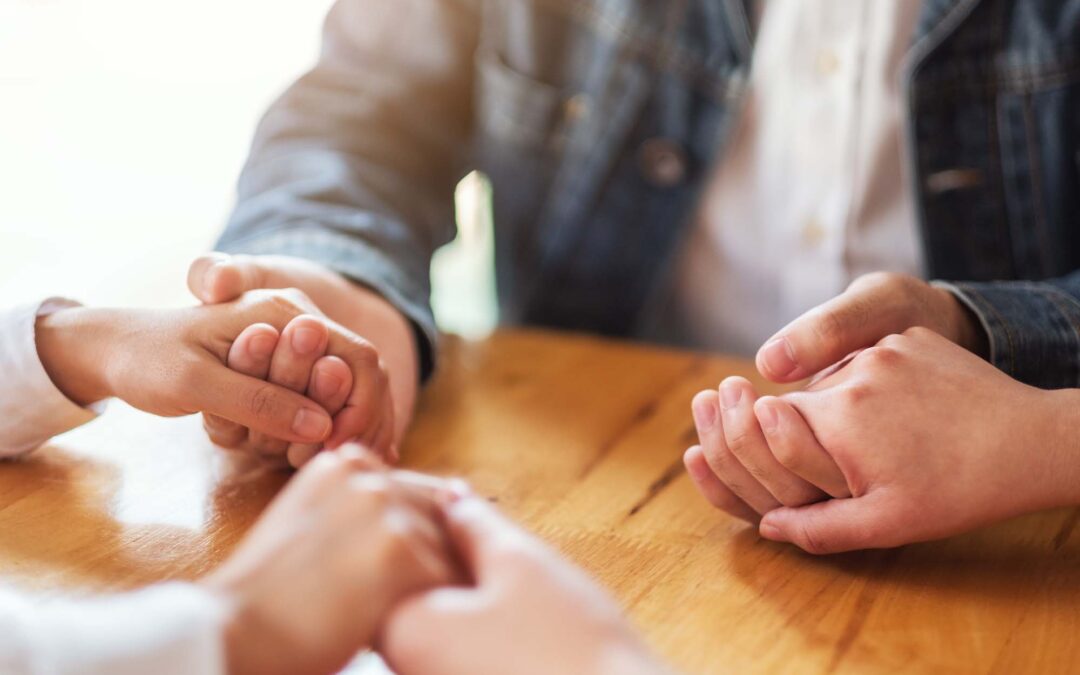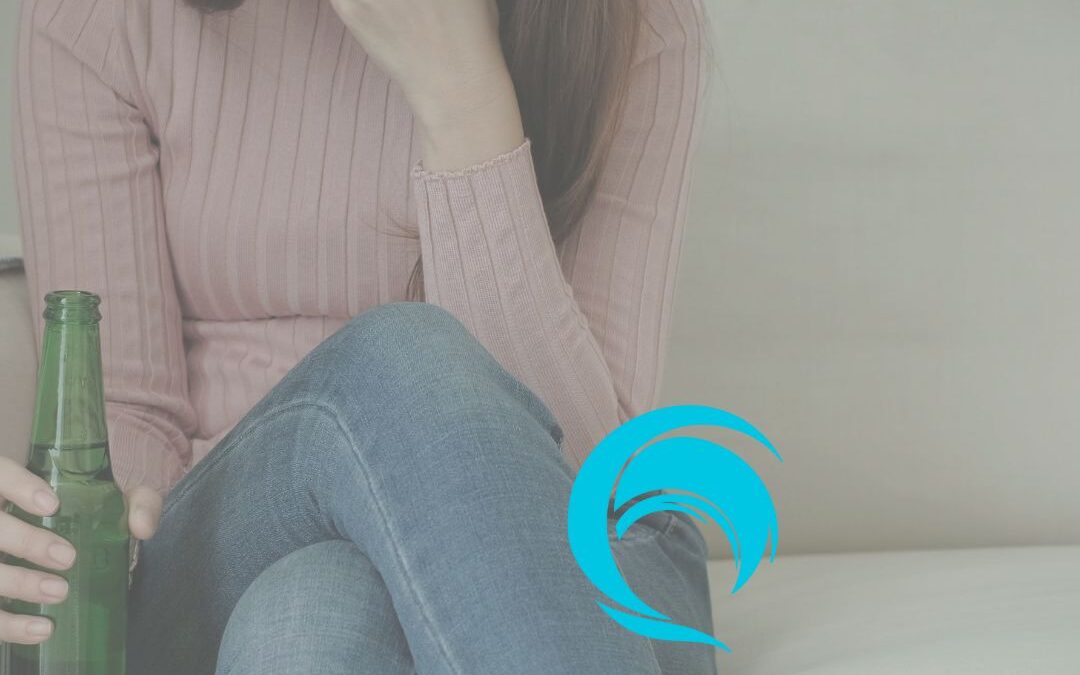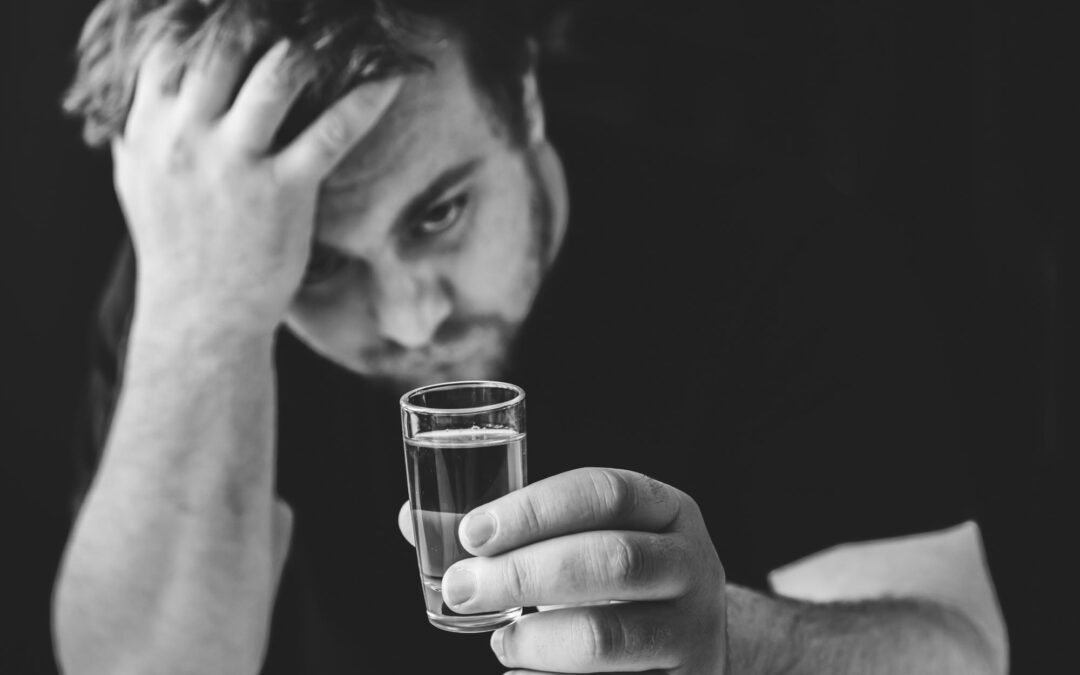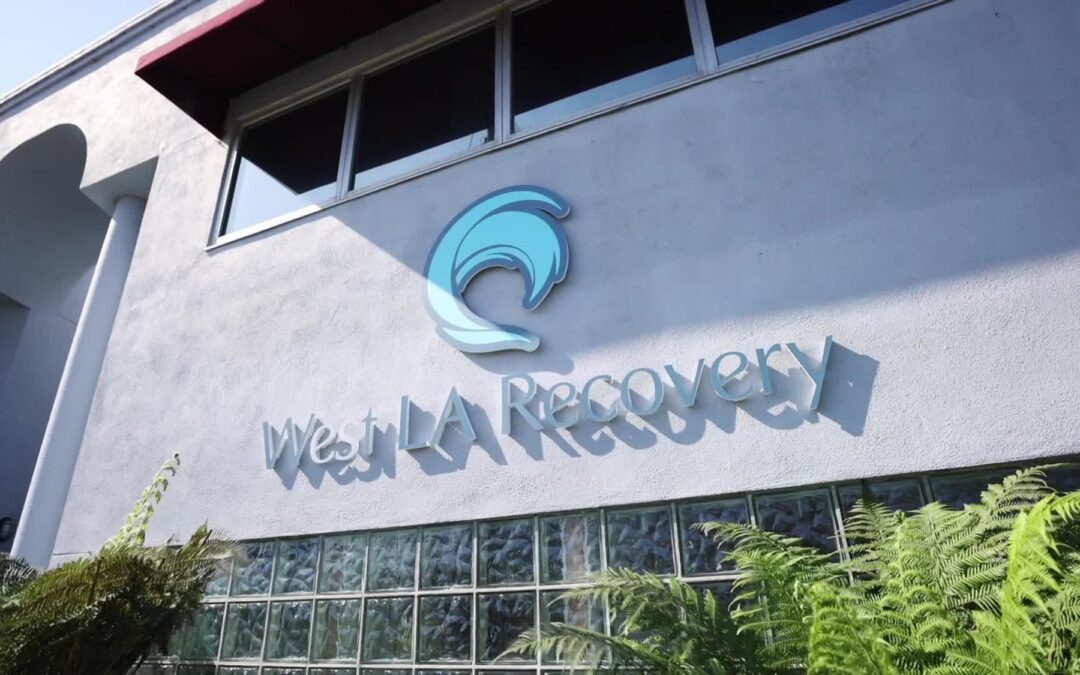1. Mindfulness and Meditation for Anxiety in Recovery
Mindfulness practices offer powerful tools to manage anxiety during recovery. Simple mindful breathing exercises can calm racing thoughts and release physical tension in your body. By focusing on each breath, you create a natural pause between anxious thoughts, allowing your mind to reset.
Meditation apps like Headspace and Calm provide guided sessions specifically designed for anxiety management. These digital tools make meditation accessible, offering structured support when you need it most.
Present-moment awareness helps break the cycle of anxiety by:
- Reducing anticipatory stress about future triggers
- Decreasing overwhelming thoughts about past experiences
- Strengthening your ability to recognize and manage cravings
- Building emotional resilience
Regular meditation practice supports your sobriety journey by lowering stress levels and creating mental clarity. Research shows that individuals who incorporate mindfulness into their recovery experience fewer anxiety symptoms and maintain stronger resistance to relapse triggers.
2. Grounding Techniques to Manage Anxiety Symptoms
Grounding techniques are powerful tools that can help you stay present and focused when anxiety threatens to disrupt your recovery journey. One effective method is the 5-4-3-2-1 sensory technique, which involves engaging all your senses:
- See: Look around and identify 5 things you can see
- Touch: Reach out and feel 4 different textures
- Listen: Pay attention to 3 distinct sounds in your environment
- Smell: Take note of 2 different scents nearby
- Taste: Focus on 1 thing you can taste, whether it’s food or a drink
This approach works by retraining your brain’s response to anxiety triggers and redirecting your attention away from distressing thoughts. The best part is that you can practice this technique anywhere – whether it’s during recovery meetings, before facing challenging situations, or even when experiencing panic symptoms.
By regularly incorporating grounding exercises into your routine, you’ll gradually strengthen your ability to:
- Recognize early signs of anxiety
- Stay calm and present during stressful moments
- Maintain emotional stability
- Prevent anxiety from escalating
In addition to the sensory techniques mentioned above, there are also physical grounding methods that can provide immediate relief during intense anxiety episodes. For example, walking barefoot on grass or holding ice cubes in your hands can create strong sensory feedback and help you regain control over your body and mind.
These grounding techniques are valuable additions to your recovery toolbox as they offer quick and discreet ways to manage anxiety without relying on medication.
3. Establishing a Consistent Routine for Stability
Creating a structured daily routine acts as a powerful anchor during recovery. Your brain and body thrive on predictability, especially when managing both anxiety and addiction challenges.
Key Components of a Stabilizing Routine:
- Set fixed wake-up and bedtime hours to regulate your sleep-wake cycle
- Plan regular meals to maintain blood sugar levels and reduce anxiety triggers
- Schedule dedicated self-care blocks for hygiene, meditation, or exercise
A well-maintained routine helps minimize the unpredictability that often fuels anxiety. You’ll notice reduced racing thoughts and decreased worry about potential relapse as your body adapts to consistent patterns.
Your neurobiological system responds positively to stable daily habits. This stability becomes particularly crucial during Post-Acute Withdrawal Syndrome (PAWS), where symptoms can fluctuate unexpectedly. A structured routine provides a reliable framework to navigate these challenges while supporting your recovery journey.
Regular patterns of activity help rewire neural pathways affected by substance use, creating new, healthy connections that support long-term recovery and anxiety management.
4. Building Strong Support Networks During Recovery
Support networks are crucial during your recovery journey. Participating regularly in group therapy sessions allows you to connect with others facing similar challenges, fostering understanding and shared growth. These connections help normalize your experiences and provide practical coping strategies.
Benefits of Working with Therapists Specializing in Dual Diagnosis Treatment
Working with therapists specializing in dual diagnosis treatment, which addresses both anxiety and addiction simultaneously, can be particularly beneficial. Your therapist can develop personalized strategies to manage anxiety triggers while maintaining sobriety.
How Social Connections Built Through Recovery Groups Strengthen Resilience
Social connections built through recovery groups strengthen your resilience:
- Sharing experiences reduces shame and isolation
- Learning from others’ success stories builds hope
- Receiving immediate support during challenging moments
- Creating accountability partnerships
These support networks also play a crucial role in navigating the complexities of addiction recovery. They not only provide emotional support but also offer practical resources that can significantly aid in the recovery process.
The Importance of Structured Group Settings for Individuals with Social Anxiety Disorder
For those with Social Anxiety Disorder (SAD), structured group settings provide safe spaces to practice social interactions. Starting with smaller groups or one-on-one therapy sessions helps build confidence gradually. These controlled environments allow you to develop social skills at your own pace while receiving professional guidance and support.
5. Physical Activities that Alleviate Anxiety Symptoms
Physical activity serves as a powerful tool for managing anxiety during recovery. Regular aerobic exercises like brisk walking, swimming, or cycling trigger the release of endorphins – natural mood elevators that help reduce stress and anxiety symptoms.
Key Benefits of Exercise in Recovery:
- Reduces muscle tension and physical restlessness
- Improves sleep quality and energy levels
- Decreases racing thoughts and worry
- Boosts self-confidence and body awareness
Yoga stands out as a particularly effective practice, combining gentle movement with mindfulness. The focus on breath control and physical postures helps calm the nervous system while building strength and flexibility.
Your body responds to regular exercise by increasing production of vital neurotransmitters:
- Serotonin – improves mood and sleep
- Dopamine – enhances motivation and pleasure
- GABA – reduces anxiety and promotes relaxation
Even 15-20 minutes of daily movement can make a significant difference in managing anxiety symptoms. Start with activities you enjoy and gradually build your routine to experience lasting benefits.
6. Cognitive Behavioral Therapy (CBT) Techniques for Anxiety Management
CBT equips you with practical tools to identify and challenge unhelpful thoughts during recovery. Through structured sessions, you’ll learn to recognize automatic negative thoughts about relapse, replacing them with balanced, realistic perspectives.
Key CBT techniques for anxiety management:
- Thought records to document triggering situations and your responses
- Reality testing to evaluate the evidence supporting anxious thoughts
- Behavioral experiments to test feared outcomes
- Progressive exposure to anxiety-provoking situations
Journaling serves as a powerful CBT tool, helping you track daily triggers, emotional patterns, and recovery progress. Regular entries create a personal roadmap of your healing journey.
Self-compassion practices complement CBT by reducing shame and self-criticism. You’ll develop skills to treat yourself with the same kindness you’d offer a friend facing similar challenges.
CBT’s evidence-based approach proves particularly effective for managing co-occurring conditions like OCD or PTSD alongside addiction recovery. The structured nature of CBT provides clear strategies to address both anxiety symptoms and addiction-related concerns. If you’re supporting a loved one in their addiction treatment journey, understanding these CBT techniques can be beneficial. You can learn more about how to support them effectively here.
7. Developing Healthy Communication Skills in Recovery
Learning to express your needs effectively reduces anxiety and strengthens your recovery journey. Clear communication helps prevent misunderstandings that can trigger stress and potential relapse.
Key communication strategies include:
- Using “I” statements to express feelings without blame
- Setting clear boundaries with family and friends
- Practicing active listening in support group settings
- Acknowledging emotions before responding to difficult situations
Building assertive communication skills empowers you to:
- Request help when needed
- Share concerns with healthcare providers
- Navigate challenging conversations about recovery
- Express triggers and warning signs to trusted supporters
These skills create stronger connections with your support network, reducing isolation and building confidence in social situations. Regular practice of healthy communication techniques helps you maintain emotional balance and reinforces your commitment to recovery.
Remember to check in with yourself before difficult conversations – take deep breaths, organize your thoughts, and approach discussions with patience and self-compassion.
8. Prioritizing Self-Care to Support Mental Health
Self-care practices are a powerful way to protect against anxiety and support your recovery journey. Here are some self-care activities that have been shown to reduce stress and promote emotional balance:
- Massage Therapy: Regular massage sessions help release muscle tension and trigger the relaxation response, reducing physical symptoms of anxiety.
- Essential Oil Aromatherapy: Lavender, chamomile, and bergamot oils can create a calming environment and decrease stress levels.
- Music Therapy: Listening to calming music or engaging in sound healing practices helps regulate your nervous system.
These self-care routines directly impact physical symptoms of anxiety. You may notice:
- Reduced frequency of tension headaches
- Decreased chest tightness
- Better sleep quality
- Lower blood pressure
- Improved digestion
Creating a personalized self-care plan can help you become more resilient against anxiety triggers. Start with 15-minute daily sessions and gradually increase the duration as you discover which practices work best for you. Remember, investing time in self-care isn’t selfish; it’s an important part of your recovery toolkit.
9. Stress Management Techniques Tailored for Recovery Challenges
Deep breathing exercises serve as powerful tools during heightened anxiety states. Try this simple technique:
- Inhale slowly through your nose for 4 counts
- Hold your breath for 4 counts
- Exhale through your mouth for 6 counts
- Repeat 5-10 times
Dialectical Behavior Therapy (DBT) offers specialized approaches for addressing trauma-related stress in recovery. DBT teaches valuable skills like:
- Distress Tolerance: Managing intense emotions without turning to substances
- Mindfulness: Staying present during triggering situations
- Emotional Regulation: Identifying and processing difficult feelings
These stress management strategies work alongside your existing relapse prevention plan. Incorporating specific trauma-informed practices helps process past experiences that might trigger substance use urges. You can practice these techniques during therapy sessions, support group meetings, or independently at home when facing challenging moments.
10. Engaging in Positive Hobbies and Distraction Methods
Hobbies serve as powerful tools to redirect your mind during challenging moments in recovery. Creative activities like painting, drawing, or pottery provide healthy outlets for processing complex emotions without words. These artistic pursuits help you express feelings that might be difficult to verbalize.
Consider these engaging activities:
- Gardening: Nurturing plants creates a sense of purpose while connecting you with nature
- Photography: Capturing beautiful moments shifts focus to the present
- Writing: Journaling or creative writing helps process thoughts and emotions
- Music: Playing instruments or singing releases tension and boosts mood
- Crafting: Activities like knitting or woodworking require concentration, naturally blocking intrusive thoughts
These activities don’t just distract – they build new neural pathways, replacing old addiction patterns with healthy coping mechanisms. You’ll discover that immersing yourself in enjoyable hobbies reduces anxiety while developing skills that support long-term recovery.







